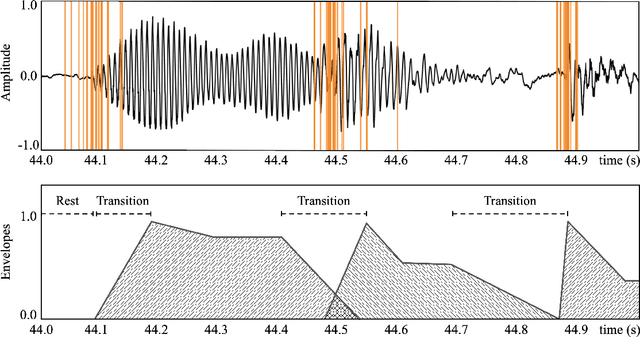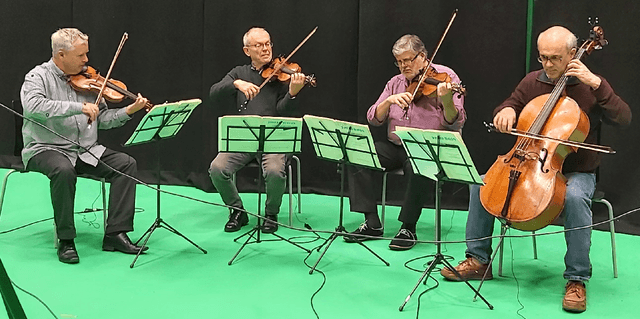Min Susan Li
Annotation of Soft Onsets in String Ensemble Recordings
Nov 16, 2022



Abstract:Onset detection is the process of identifying the start points of musical note events within an audio recording. While the detection of percussive onsets is often considered a solved problem, soft onsets-as found in string instrument recordings-still pose a significant challenge for state-of-the-art algorithms. The problem is further exacerbated by a paucity of data containing expert annotations and research related to best practices for curating soft onset annotations for string instruments. To this end, we investigate inter-annotator agreement between 24 participants, extend an algorithm for determining the most consistent annotator, and compare the performance of human annotators and state-of-the-art onset detection algorithms. Experimental results reveal a positive trend between musical experience and both inter-annotator agreement and performance in comparison with automated systems. Additionally, onsets produced by changes in fingering as well as those from the cello were found to be particularly challenging for both human annotators and automatic approaches. To promote research in best practices for annotation of soft onsets, we have made all experimental data associated with this study publicly available. In addition, we publish the ARME Virtuoso Strings dataset, consisting of over 144 recordings of professional performances of an excerpt from Haydn's string quartet Op. 74 No. 1 Finale, each with corresponding individual instrumental onset annotations.
 Add to Chrome
Add to Chrome Add to Firefox
Add to Firefox Add to Edge
Add to Edge